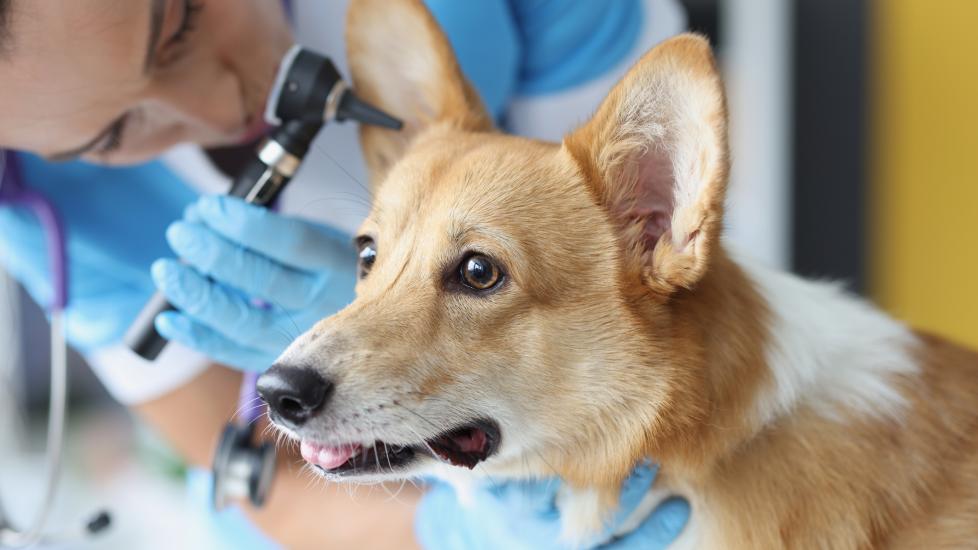Title: Understanding and Preventing Dog Ear Infections
Introduction:
Ear infections are a common yet distressing problem for many dog owners. These infections can be painful, lead to discomfort, and may even affect your furry friend’s hearing if left untreated. It is crucial to understand the causes of ear infections in dogs so that you can take proactive measures to prevent them or address them promptly when they occur. This article aims to provide pet parents with comprehensive information on how to recognize, manage, and avoid this common canine health issue.
Causes of Dog Ear Infections:
1. Allergies: Environmental allergens such as pollen, mold spores, dust mites, and flea bites can trigger allergic reactions within the ears.
2. Foreign Bodies: Debris like grass seeds, dirt particles, or excess hair can become lodged in the ear canal, leading to irritation and infection.
3. Hereditary Factors: Some breeds have floppy ears that trap moisture, making it easier for bacteria and yeast to thrive inside the ear.
4. Dietary Imbalances: An unbalanced diet lacking essential fatty acids could result in dry skin, which may cause excessive scratching and secondary ear infections.
5. Excessive Wax Buildup: Normal wax production can sometimes create an environment conducive to bacterial growth.
6. Swimming Exposure: Regular swimming or bathing without proper drying can lead to water retention in the ears, creating a breeding ground for microorganisms.
Signs of Infection:
1. Odor: A strong, foul odor coming from the affected ear.
2. Itching: Constant scratching at the ears or shaking the head vigorously.
3. Discharge: Yellowish, brown, or bloody discharge from the ear.
4. Redness and Pain: Visible redness around the edges of the ear flap, signs of pain (such as whining or reluctance to allow handling).
5. Decreased Hearing: Advanced cases might show symptoms of reduced hearing sensitivity due to inflammation affecting the inner ear structures.
Prevention Strategies:
1. Regular Checks: Conduct regular visual inspections of your dog’s ears, looking for any signs of irritation or infection.
2. Proper Cleaning: Use veterinarian-approved cleansers designed specifically for dogs to keep the ear canals clean and free of debris.
3. Avoid Overwashing: While cleaning is important, overwashing can strip natural oils from the ear, potentially causing more problems.
4. Keep Ears Dry: After swimming or bathing, gently pat the outside of the ear with a towel to remove excess water. Consider using a drying agent recommended by your vet.
5. Monitor Allergies: Work closely with your veterinarian to identify potential allergies and implement appropriate management strategies.
6. Healthy Diet: Feed your dog a balanced diet rich in omega-3 and omega-6 fatty acids, which help maintain healthy skin and coat.
7. Consult Your Vet: If you suspect an underlying condition contributing to recurrent infections, consult with a veterinary professional who can recommend treatments tailored to your dog’s needs.
Conclusion:
By understanding the causes of dog ear infections and implementing preventive measures, you can significantly reduce the likelihood of these uncomfortable conditions occurring. Regular check-ups, consistent care, and prompt treatment will contribute to maintaining your dog’s overall well-being, ensuring a happier and healthier life together. Always seek advice from a qualified veterinarian regarding specific concerns about your pet’s health and welfare.
